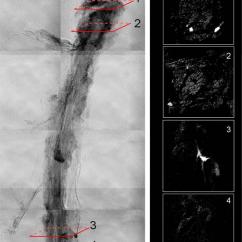Defining the processes controlling arsenic uptake by rice (Oryza sativa L.)
Rice, the grain that provides more than one-fifth of the world population's calories, can become a health hazard if contaminated with arsenic. Such contamination, a surprisingly widespread occurrence, takes place in areas where soil or irrigation water is tainted by naturally occurring arsenic--including broad swaths of south and southeastern Asia. Studies have suggested that the natural iron coating around the roots of rice plants may serve as an important barrier to arsenic uptake because arsenic in its oxidized form has an affinity for iron. A team of Stanford and SSRL researchers recently sought to learn just how significant a barrier iron provides.


